Home>Articles>What Is The Best Heat Temperature To Make A T-Shirt On A VEVOR Heat Press
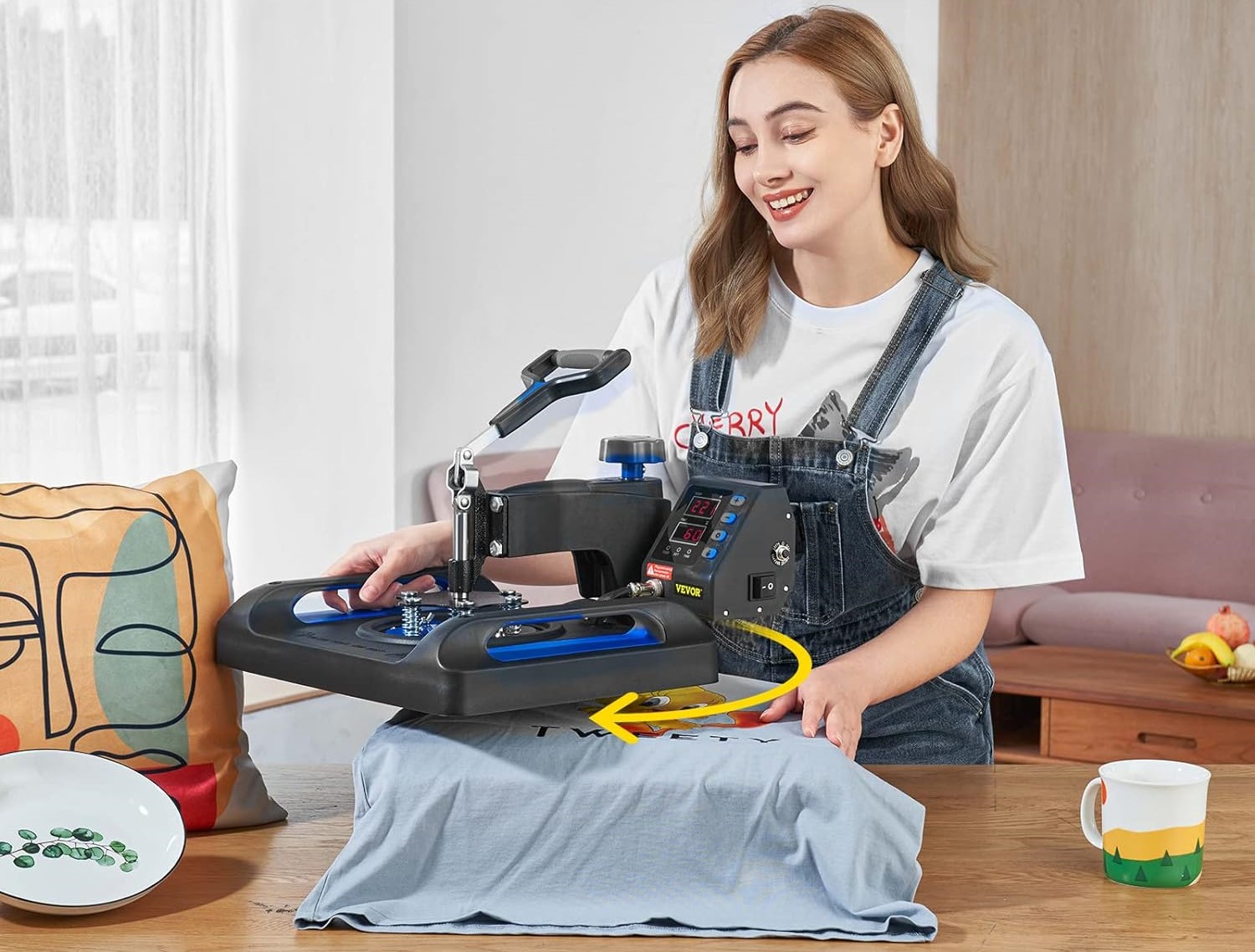

Articles
What Is The Best Heat Temperature To Make A T-Shirt On A VEVOR Heat Press
Modified: January 6, 2024
Find out the best heat temperature to create flawless t-shirt designs on a VEVOR heat press with our informative articles.
(Many of the links in this article redirect to a specific reviewed product. Your purchase of these products through affiliate links helps to generate commission for Storables.com, at no extra cost. Learn more)
Introduction
When it comes to creating custom t-shirts using a heat press, the temperature you choose can make all the difference. Finding the optimal heat temperature ensures that your design adheres to the fabric effectively, providing a long-lasting and vibrant result. However, with a vast range of heat presses available in the market, it can be challenging to determine the best heat temperature to use.
In this article, we will delve into the world of heat press temperature and explore the factors that influence it. We will also discuss the importance of choosing the right heat temperature for a t-shirt and provide some common heat press temperature guidelines. Additionally, we will offer tips on how to achieve the best heat temperature using a VEVOR heat press, a popular choice among many t-shirt printing enthusiasts.
Whether you are a professional printing business or a hobbyist looking to personalize your wardrobe, understanding the nuances of heat press temperature will elevate the quality of your t-shirt designs. So, let’s dive right in and unlock the secrets to achieving the best heat temperature for your t-shirts on a VEVOR heat press.
Key Takeaways:
- Finding the perfect heat temperature for your t-shirt designs on a VEVOR heat press is crucial for adhesion, color vibrancy, fabric integrity, and customer satisfaction. Experiment, test, and consult to achieve outstanding results.
- Understanding the factors that influence heat press temperature and following guidelines specific to your materials and machine will elevate the quality of your t-shirt designs. Embrace experimentation, keep detailed records, and optimize your printing process for success.
Understanding Heat Press Temperature
Before we delve into the specifics of heat press temperature for t-shirt printing, it is important to have a basic understanding of how heat presses work. A heat press is a machine that uses a combination of heat and pressure to transfer a design onto a variety of surfaces, including t-shirts. The temperature plays a crucial role in ensuring that the design is properly fused onto the fabric.
Heat presses usually have a digital display that allows you to set the desired temperature. This temperature is typically measured in degrees Fahrenheit or Celsius. The heat press then heats up to the chosen temperature and maintains it throughout the transfer process. Different types of fabrics and transfer materials require different heat temperatures to achieve optimal results.
It’s worth noting that the heat temperature required for t-shirt printing may vary depending on the type of transfer material used, such as heat transfer vinyl (HTV) or sublimation ink. HTV requires a higher temperature to activate the adhesive, while sublimation ink requires a lower temperature to turn from a solid to a gas and bond with the fabric.
Furthermore, the heat temperature should never exceed the recommended range for a particular fabric type, as this can lead to scorching, discoloration, or even burning. It is essential to refer to the manufacturer’s instructions for both the heat press machine and the transfer materials to ensure proper temperature settings.
Now that we have a basic understanding of heat press temperature let’s explore the factors that can affect it in the next section.
Factors Affecting Heat Press Temperature
Several factors can influence the heat press temperature required for t-shirt printing. Understanding these factors will help you adjust and optimize the temperature settings for different fabrics and transfer materials. Here are the key factors to consider:
- Fabric Type: Different fabrics have different heat tolerances. Natural fibers like cotton, linen, and silk can withstand higher heat temperatures, while synthetic fibers like polyester and nylon require lower heat temperatures to avoid melting or distorting.
- Transfer Material: The type of transfer material used, such as HTV or sublimation ink, determines the ideal heat temperature. HTV typically requires higher temperatures to activate the adhesive, whereas sublimation ink requires lower temperatures for proper bonding.
- Transfer Material Thickness: The thickness of the transfer material can affect the heat transfer process. Thicker materials may require slightly higher temperatures and longer press times to ensure proper adhesion.
- Transfer Material Color: Dark-colored transfer materials may absorb more heat, requiring lower temperatures to avoid scorching or discoloration. Light-colored transfer materials, on the other hand, may require slightly higher temperatures to ensure effective bonding.
- Heat Press Machine Quality: The quality and calibration of the heat press machine can impact temperature accuracy. It is important to invest in a reputable and reliable machine to ensure consistent and precise temperature control.
- Heat Press Pressure: The pressure applied during the transfer process also affects temperature effectiveness. Insufficient pressure may require higher temperatures to compensate, while excessive pressure can lead to heat transfer issues even at the correct temperature.
Considering these factors and making necessary adjustments to the heat press temperature will help achieve optimal results. However, keep in mind that experimentation and testing are often required to find the perfect temperature for specific fabric and transfer material combinations.
In the next section, we will discuss the importance of choosing the right heat temperature for a t-shirt to ensure the longevity and quality of your designs.
The Importance of Choosing the Right Heat Temperature for a T-Shirt
The heat temperature you choose for your t-shirt printing plays a vital role in ensuring the longevity and quality of your designs. Here are some key reasons why choosing the right heat temperature is of utmost importance:
- Adhesion: The temperature you set on your heat press directly affects the adhesion of the transfer material to the fabric. If the temperature is too low, the design may not fully adhere to the shirt, leading to peeling or fading over time. On the other hand, if the temperature is too high, it can damage the fabric or transfer materials, resulting in discoloration, melting, or scorching. Choosing the correct heat temperature ensures proper adhesion, creating a durable and long-lasting print.
- Color vibrancy: Heat press temperature also plays a role in preserving the vibrancy of colors in your designs. A temperature that is too high can cause the colors to fade or become dull, affecting the overall visual appeal of the printed design. Conversely, a temperature that is too low may not activate the colors fully, resulting in a lackluster appearance. Optimal heat temperature ensures that the colors stay vibrant and true to your design vision.
- Fabric integrity: Different fabrics have different heat tolerances. Using the wrong temperature can lead to fabric damage, such as scorch marks or burn holes. It is essential to choose the appropriate heat temperature to protect the integrity of the fabric and avoid any unnecessary damage.
- Comfort and wearability: When printing on apparel, comfort is paramount. Excessive heat can make a printed design feel stiff, rough, or uncomfortable to wear. By selecting the right heat temperature, you can ensure that the design remains soft and flexible, enhancing the overall comfort and wearability of the garment.
- Customer satisfaction: Whether you are printing t-shirts for personal use or running a business, customer satisfaction is crucial. Using the correct heat temperature ensures that the end product meets or exceeds your customers’ expectations. Delivering high-quality, vibrant, and durable prints will leave a lasting impression and build trust with your audience.
By understanding the significance of choosing the right heat temperature, you can elevate the quality of your t-shirt designs and achieve outstanding results. In the next section, we will provide some common heat press temperature guidelines to get you started on your printing journey.
The best heat temperature for making a T-shirt on a VEVOR heat press is typically around 350-375°F (175-190°C) for 15-20 seconds. Always refer to the specific instructions for your heat press and the type of transfer material being used.
Common Heat Press Temperature Guidelines for T-Shirts
While heat press temperature requirements may vary depending on factors such as fabric type and transfer material, there are some general guidelines you can follow as a starting point. These temperature ranges serve as a helpful reference, but it’s essential to always refer to the manufacturer’s instructions for specific materials. Here are some common heat press temperature guidelines for t-shirts:
- Cotton: For 100% cotton t-shirts, a temperature range of 350°F to 375°F (175°C to 190°C) is typically recommended. Cotton can withstand higher temperatures, allowing for better ink absorption and adhesion.
- Polyester: Polyester t-shirts are more sensitive to heat and require lower temperatures to avoid melting or distortion. A temperature range of 300°F to 325°F (150°C to 163°C) is commonly suggested for polyester fabrics.
- Poly-Cotton Blend: Blended fabrics, such as a combination of cotton and polyester, require a temperature range that falls between the guidelines for cotton and polyester. A temperature range of 325°F to 350°F (163°C to 175°C) is typically suitable for poly-cotton blends.
- Heat Transfer Vinyl (HTV): When using heat transfer vinyl, the recommended temperature range is usually between 305°F to 320°F (152°C to 160°C). HTV requires higher temperatures to activate the adhesive and ensure proper adhesion to the fabric.
- Sublimation: Sublimation printing involves transferring sublimation ink onto polyester fabric. The recommended temperature for sublimation is around 380°F (193°C). However, it is crucial to follow the specific instructions provided with the sublimation ink and transfer paper for optimal results.
Remember, these are general temperature guidelines and may vary depending on fabric variations, transfer materials, and specific heat press machines. It’s always best to conduct a small test or consult the manufacturer’s instructions to determine the ideal temperature for your specific t-shirt printing needs.
In the next section, we will discuss the benefits of experimenting with different heat temperatures to find the perfect formula for your designs.
Read more: How To Use VEVOR Heat Press
Experimenting with Different Heat Temperatures
While there are general temperature guidelines for t-shirt printing, it’s important to remember that every printer, fabric, and transfer material combination is unique. This is why experimenting with different heat temperatures is crucial to finding the perfect formula for your designs. Here are some reasons why experimenting is beneficial:
- Optimal Adhesion: Different types of transfer materials and fabrics may require slight adjustments to the recommended temperature ranges. By experimenting, you can find the temperature that provides the best adhesion for your specific materials, ensuring a long-lasting and secure design.
- Color Vibrancy: Different heat temperatures can affect the vibrancy and visual impact of your designs. Experimenting with temperature variations allows you to see how different colors and shades respond to heat, enabling you to achieve the desired vibrancy and contrast for your prints.
- Fabric Compatibility: Fabrics can vary in composition, thickness, and heat tolerance. By experimenting with different heat temperatures, you can determine which temperature range works best for different fabric types, ensuring that your prints are properly adhered without any damage to the fabric.
- Efficiency: Experimenting with temperature variations can help you refine your printing process and find the optimal temperature for efficiency. By fine-tuning the temperature, you can minimize production time without compromising the quality of your prints.
- Consistency: Once you find the ideal heat temperature for your specific materials, it’s important to maintain consistency across all your prints. By recording and documenting the temperature settings that work best for different fabrics and transfer materials, you can ensure consistent and reliable results for future projects.
Remember to make small adjustments to the temperature settings when experimenting. Start with smaller increments, such as 5°F (2°C), and observe the results. Keep detailed records of your experiments, noting the temperature settings, fabric type, transfer material, and any observations about the print quality. This information will be valuable for future reference and can serve as a guide in your printing endeavors.
In the next section, we will provide some useful tips for achieving the best heat temperature on a VEVOR heat press.
Tips for Achieving the Best Heat Temperature on a VEVOR Heat Press
When using a VEVOR heat press for t-shirt printing, there are some tips and techniques you can apply to ensure you achieve the best heat temperature for your designs. The following tips will help you optimize your printing process on a VEVOR heat press:
- Read the Manual: Familiarize yourself with the user manual provided by VEVOR. This will give you detailed instructions specific to your model of heat press, including optimal temperature ranges and any special considerations.
- Preheat the Press: Before applying your design, preheat the heat press to the desired temperature. This step helps to eliminate any moisture or wrinkles in the fabric and ensures even heat distribution during the pressing process.
- Use a Temperature Gun: Consider using a temperature gun to verify the accuracy of the heat press temperature. This tool allows you to measure the surface temperature precisely and make any necessary adjustments to achieve the desired temperature.
- Conduct Test Prints: When working with a new fabric or transfer material, it’s a good practice to conduct test prints using different temperature settings. This will help you determine the optimum temperature for your specific materials and minimize the risk of damaging your final prints.
- Time and Pressure: Remember that heat press temperature alone is not enough to achieve perfect prints. The press time and pressure are equally important. Ensure that you follow the recommended press time and apply the appropriate pressure based on the fabric and transfer material being used.
- Monitor the Results: Observe the results of each print carefully. Look for signs of proper adhesion, color vibrancy, and fabric integrity. Pay attention to any changes in temperature that may be necessary for different fabrics or transfer materials.
- Keep a Log: Maintain a log of the temperature, press time, pressure, fabric type, transfer material, and the outcome of each print. This record will serve as a valuable reference for future projects and help you achieve consistent and reliable results.
- Consult Experts: If you’re uncertain about the optimal temperature settings for a particular fabric or transfer material, don’t hesitate to consult experts or seek advice from online communities. These resources can provide valuable insights and recommendations based on their experiences.
By implementing these tips and techniques, you can maximize the efficiency and quality of your t-shirt printing on a VEVOR heat press. Remember that practice makes perfect, and it may take some trial and error to find the best heat temperature for different fabrics and designs.
Now, let’s conclude our article.
Conclusion
Choosing the right heat temperature is a critical factor in achieving high-quality and durable prints on t-shirts using a VEVOR heat press. Understanding the nuances of heat press temperature, experimenting with different settings, and following the guidelines specific to your materials and machine will help you achieve outstanding results.
By considering factors such as fabric type, transfer material, thickness, and color, you can determine the optimal heat temperature range for your t-shirt printing projects. It’s important to strike a balance between ensuring proper adhesion and preserving the vibrancy of colors, while also protecting the integrity of the fabric.
Remember to conduct test prints, keep detailed records, and consult resources and experts to refine your temperature settings and achieve consistency in your prints. A well-maintained and calibrated VEVOR heat press, along with your understanding of heat press temperature, will contribute to the success of your t-shirt printing ventures.
Whether you are a professional t-shirt printer or a beginner exploring the world of heat press technology, the right heat temperature is the key to unlocking stunning and long-lasting designs. So, take the time to experiment, learn from the process, and refine your techniques to achieve the best heat temperature for your t-shirts on a VEVOR heat press.
Now that you have a solid understanding of heat press temperature and the tips to achieve the best results, it’s time to heat up your creativity and embark on your t-shirt printing journey. Enjoy the process and let your designs shine!
Frequently Asked Questions about What Is The Best Heat Temperature To Make A T-Shirt On A VEVOR Heat Press
Was this page helpful?
At Storables.com, we guarantee accurate and reliable information. Our content, validated by Expert Board Contributors, is crafted following stringent Editorial Policies. We're committed to providing you with well-researched, expert-backed insights for all your informational needs.
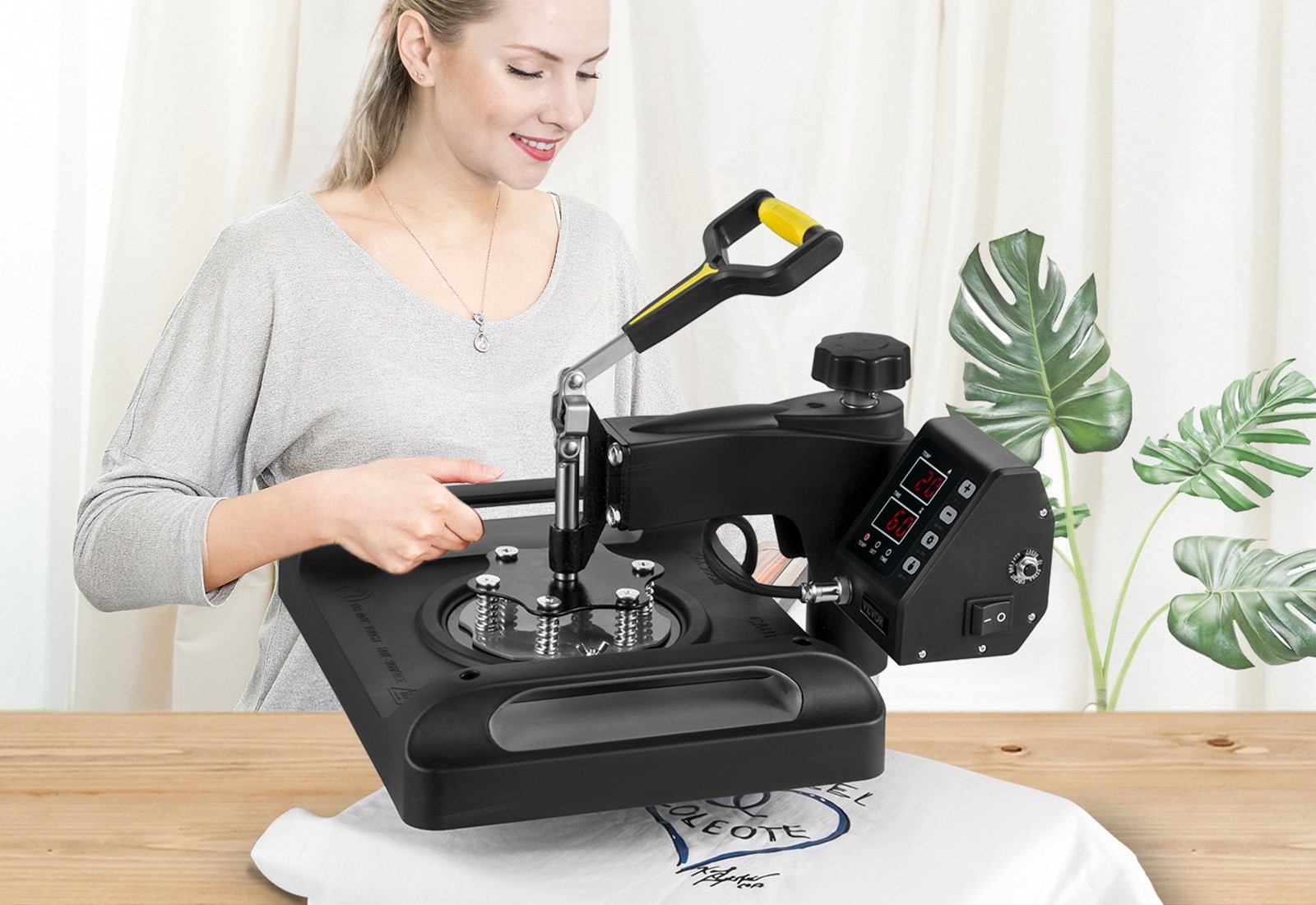
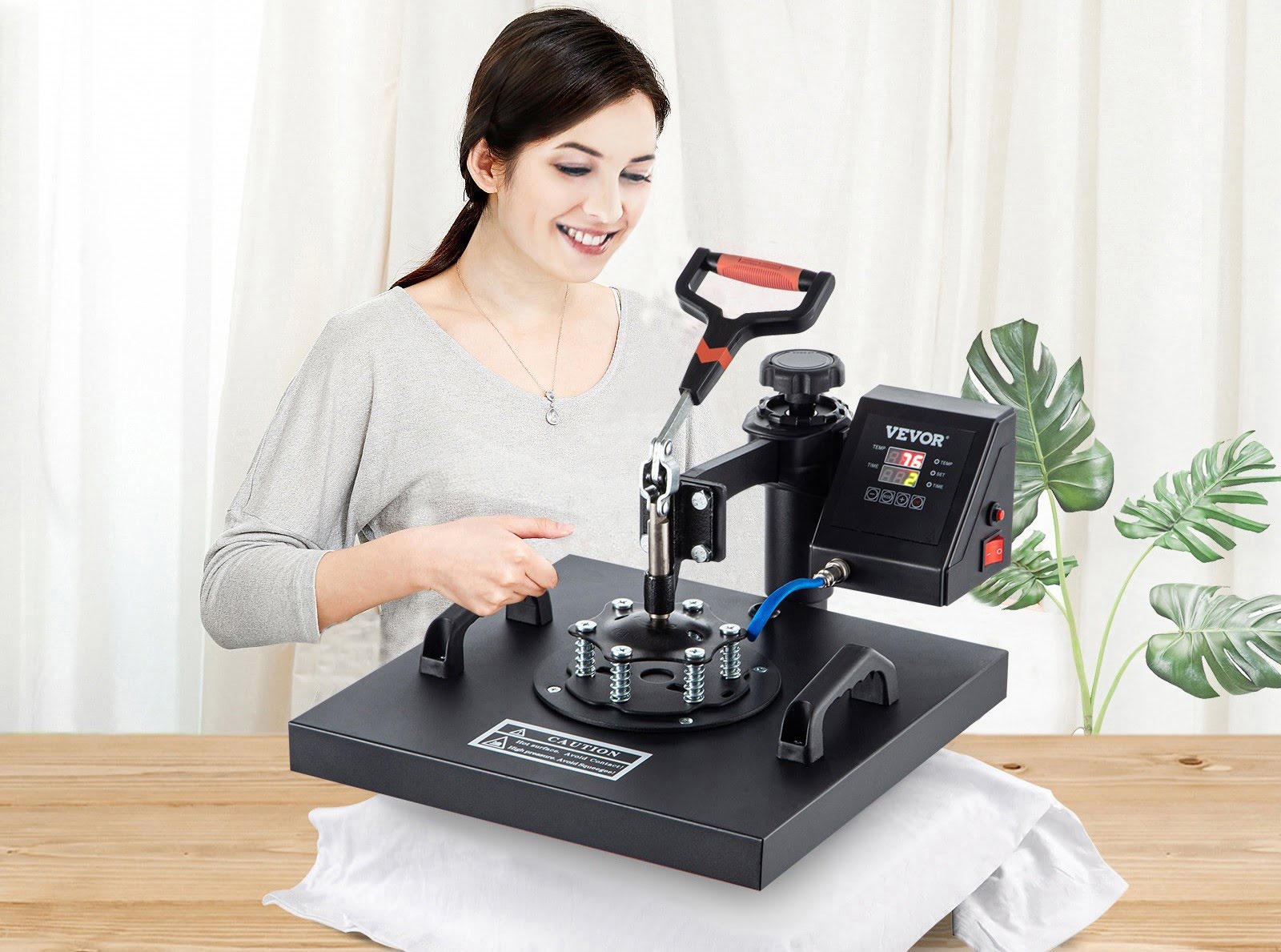
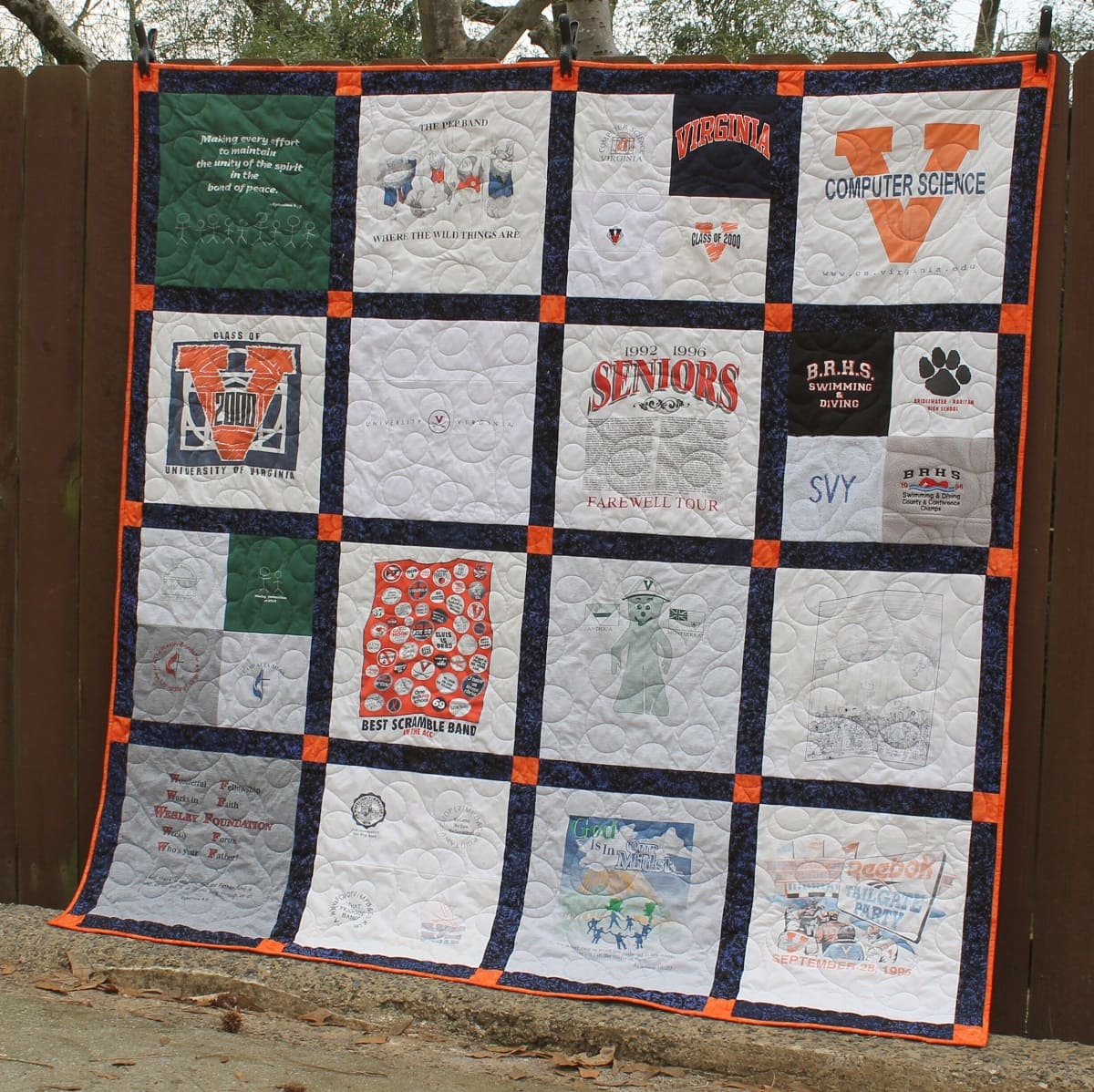
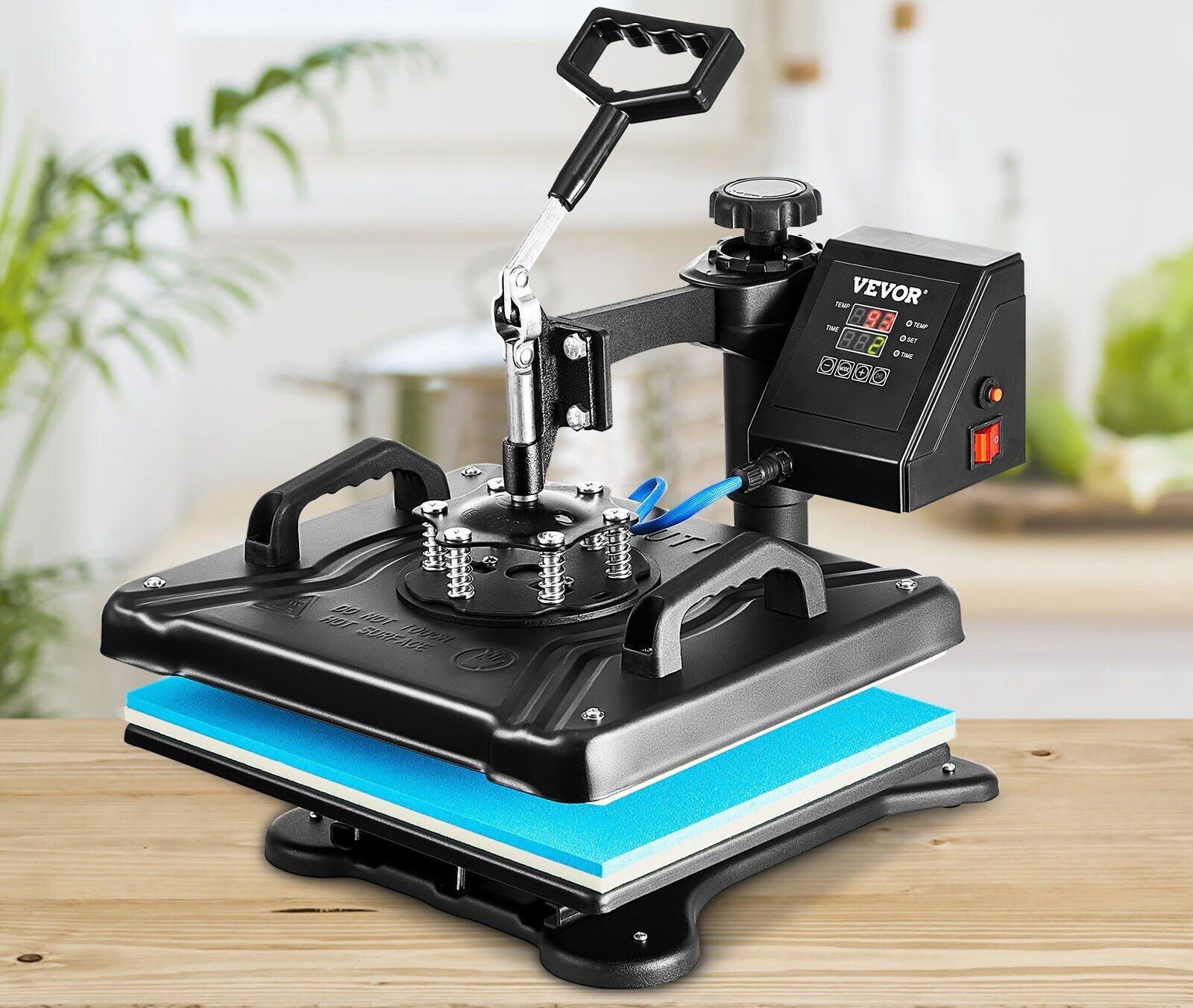
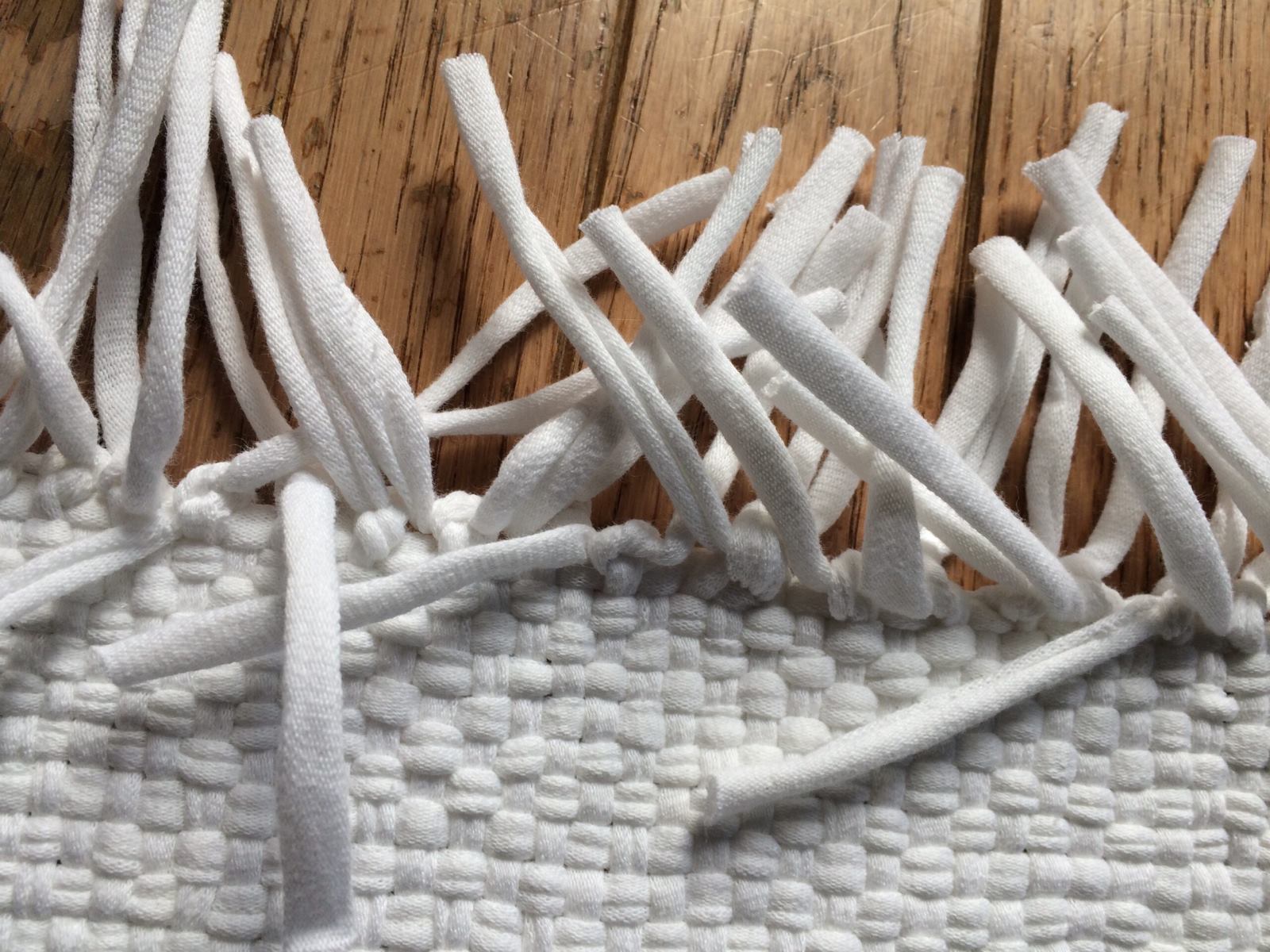
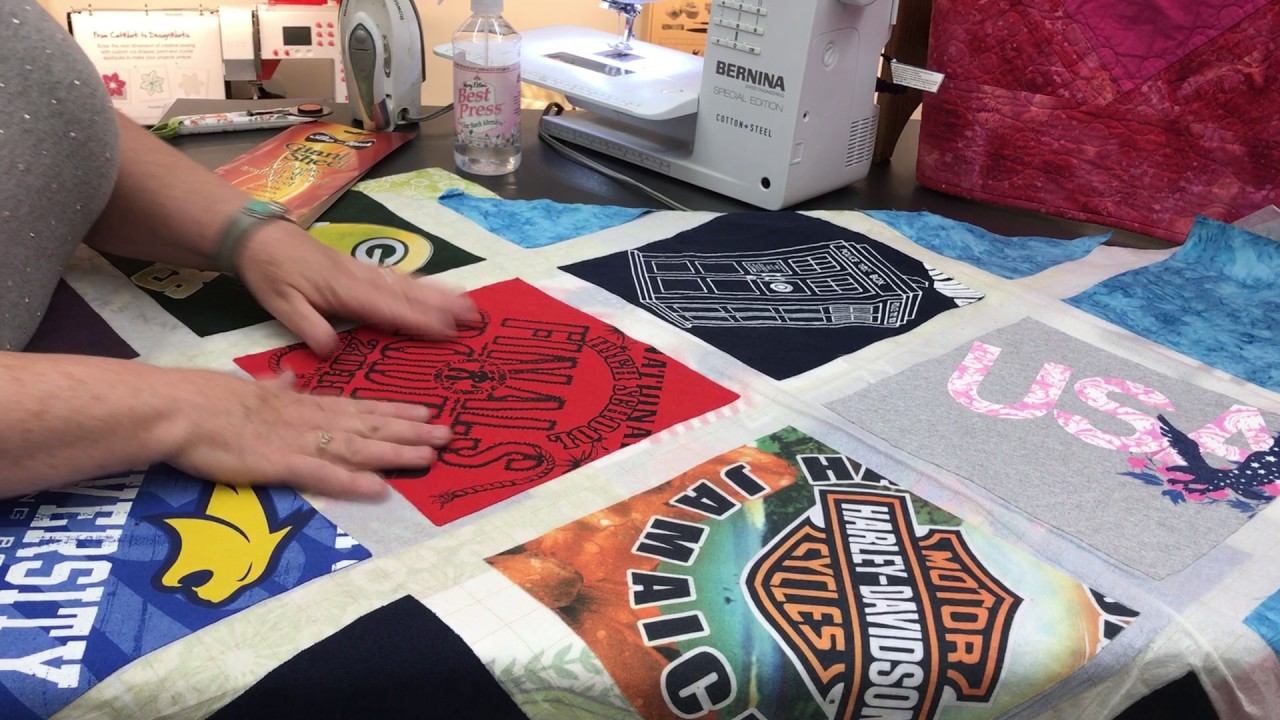
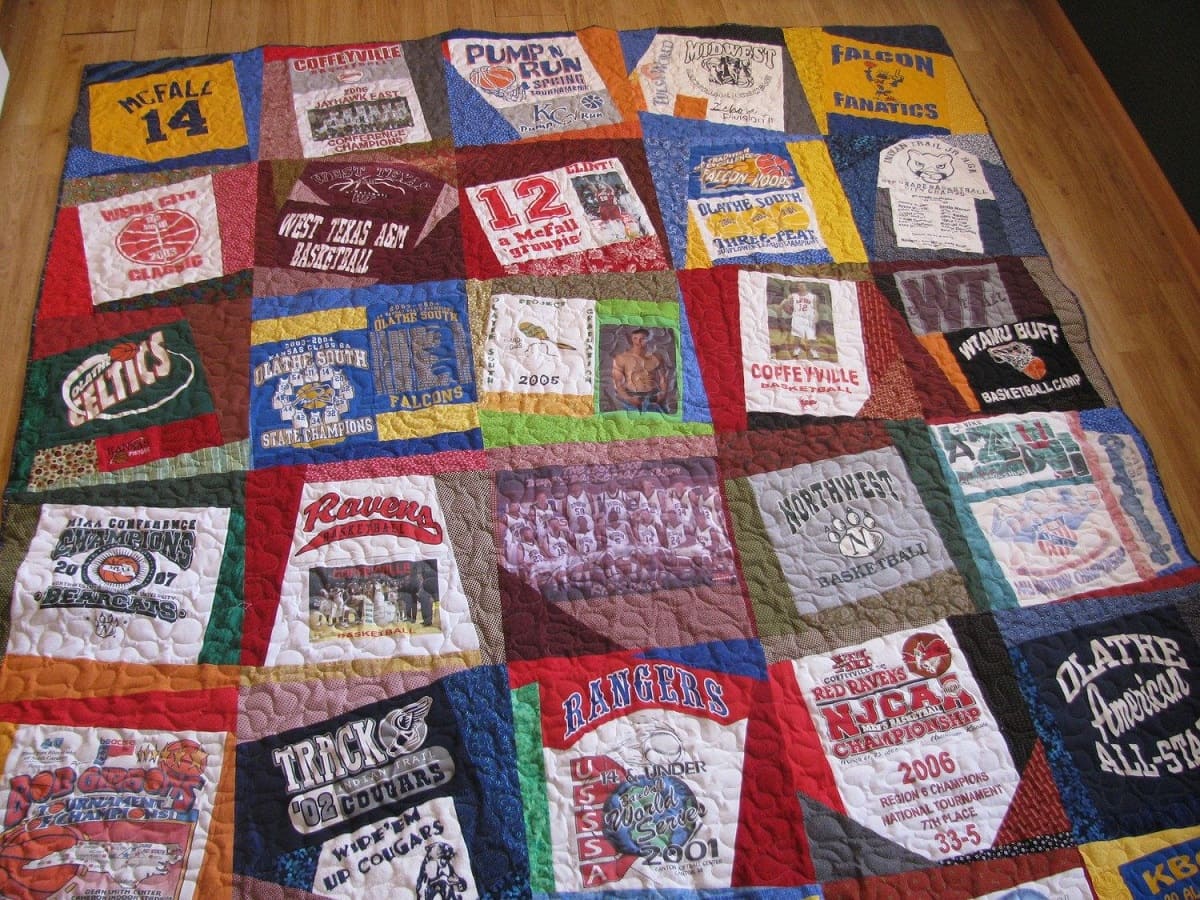
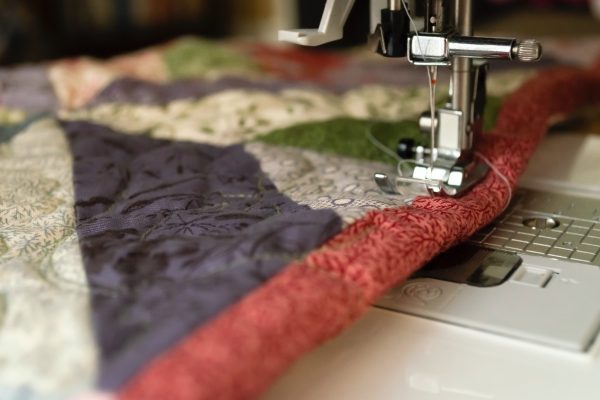
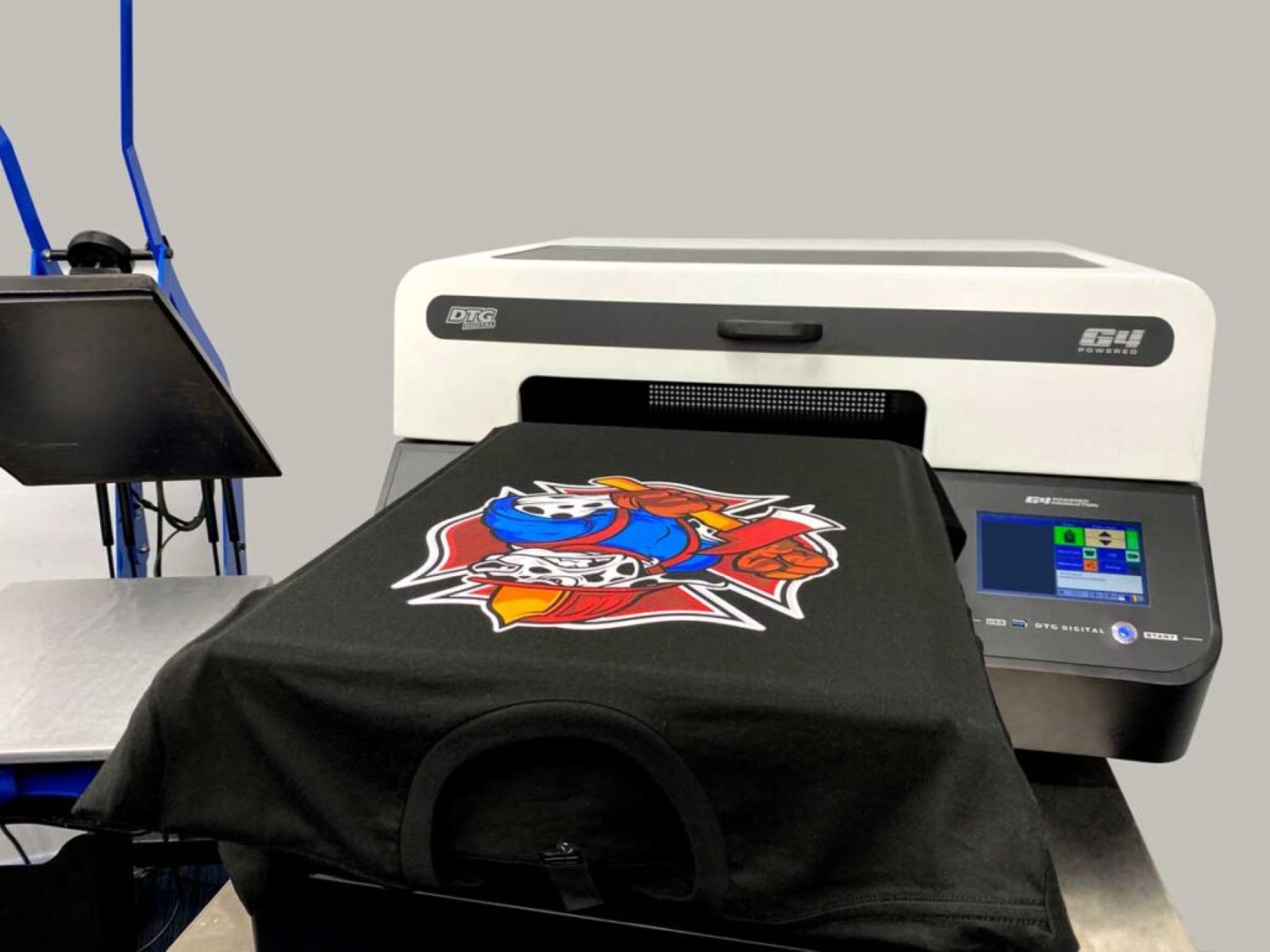
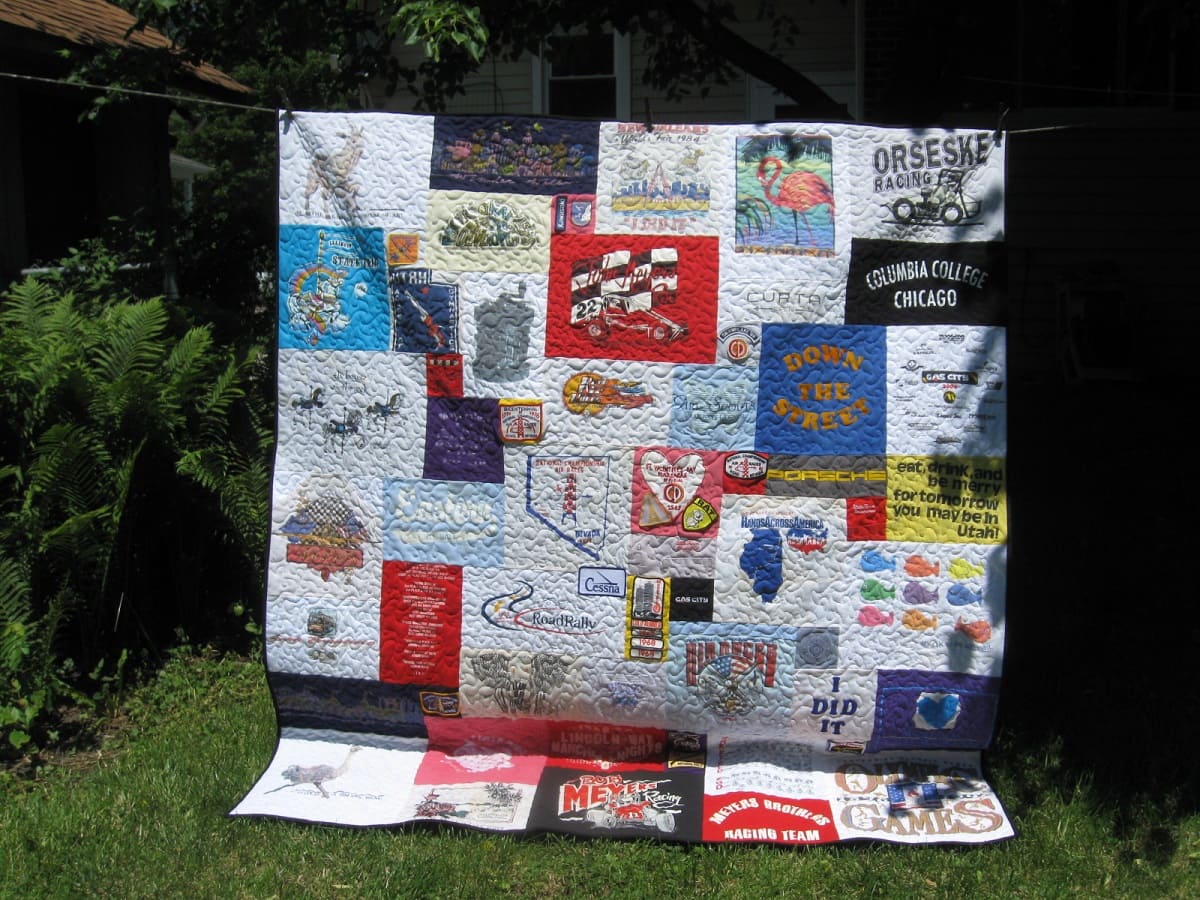
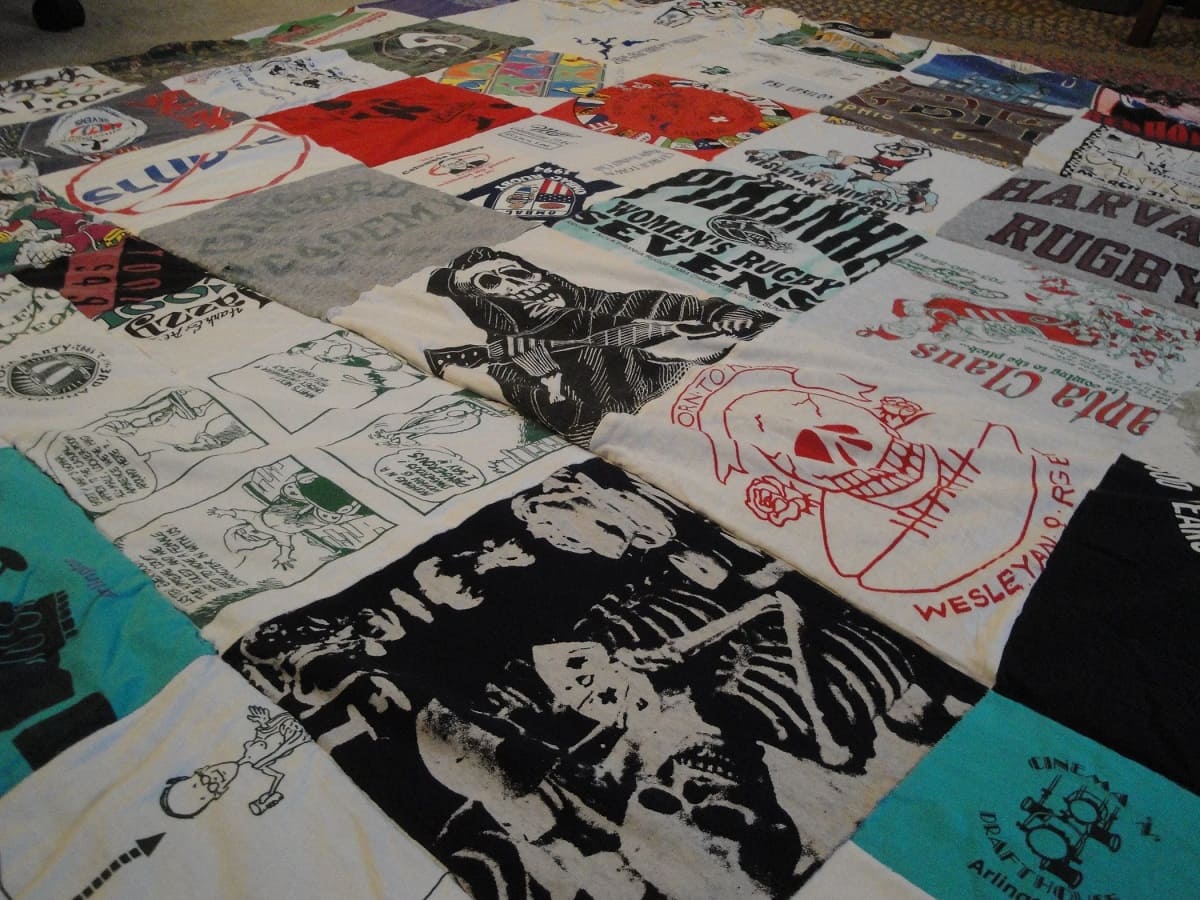
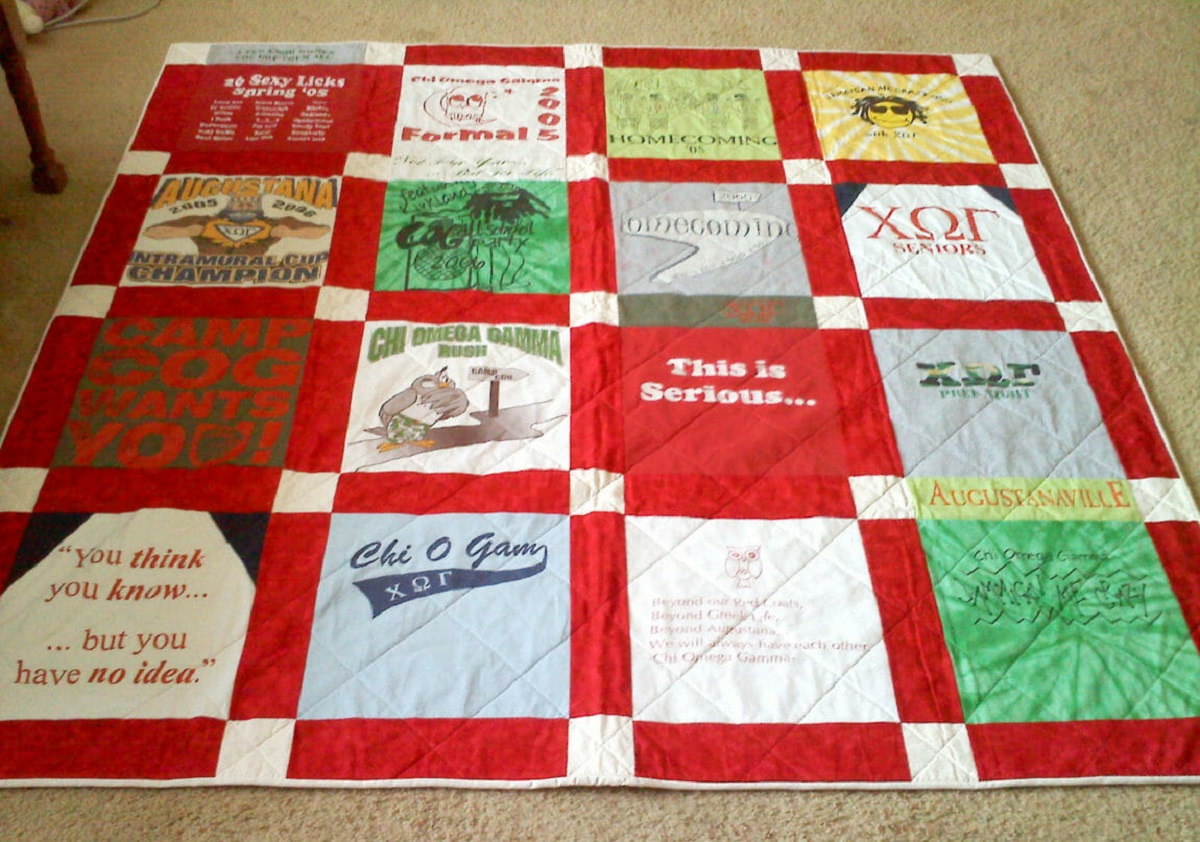
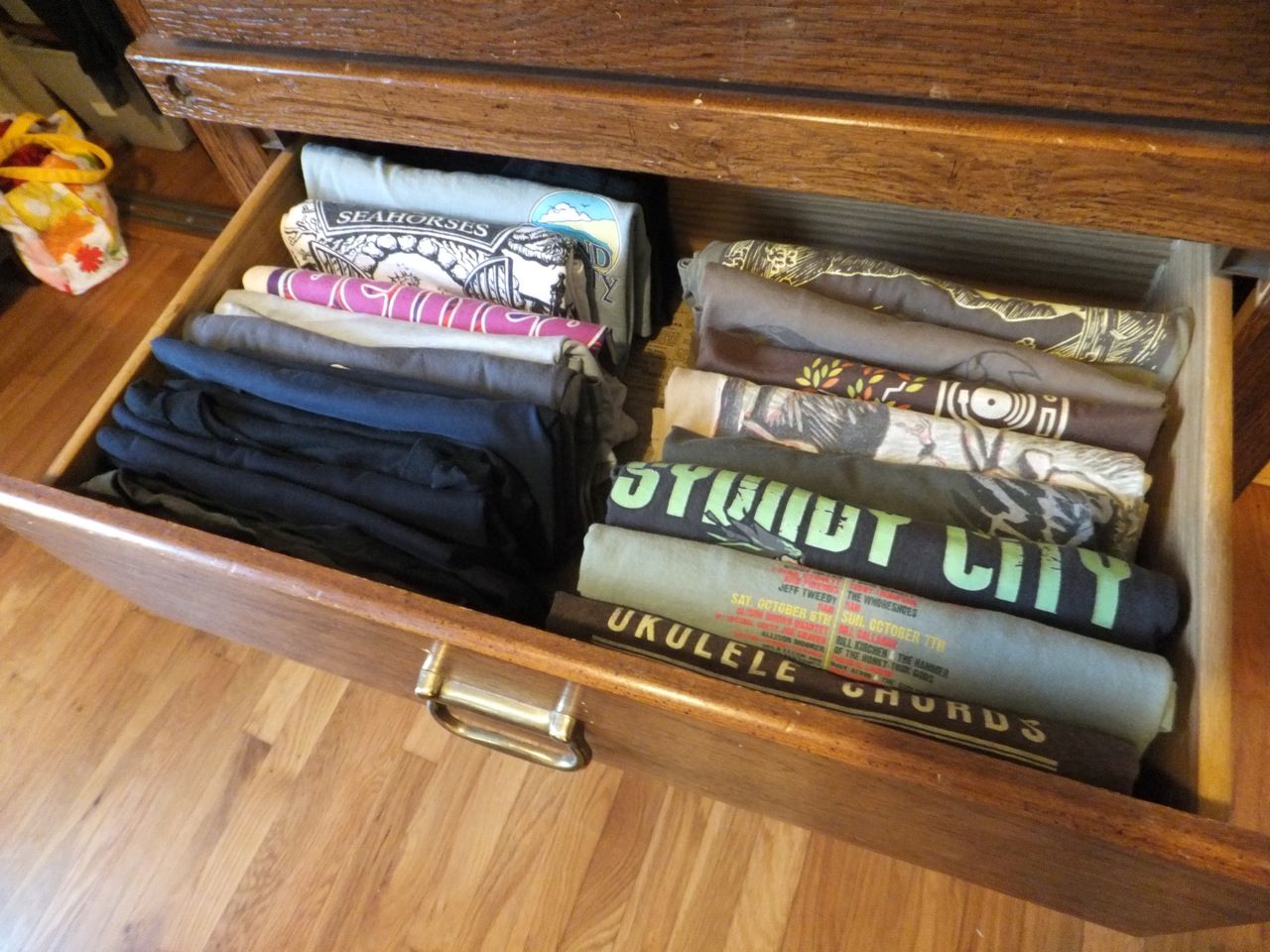


0 thoughts on “What Is The Best Heat Temperature To Make A T-Shirt On A VEVOR Heat Press”